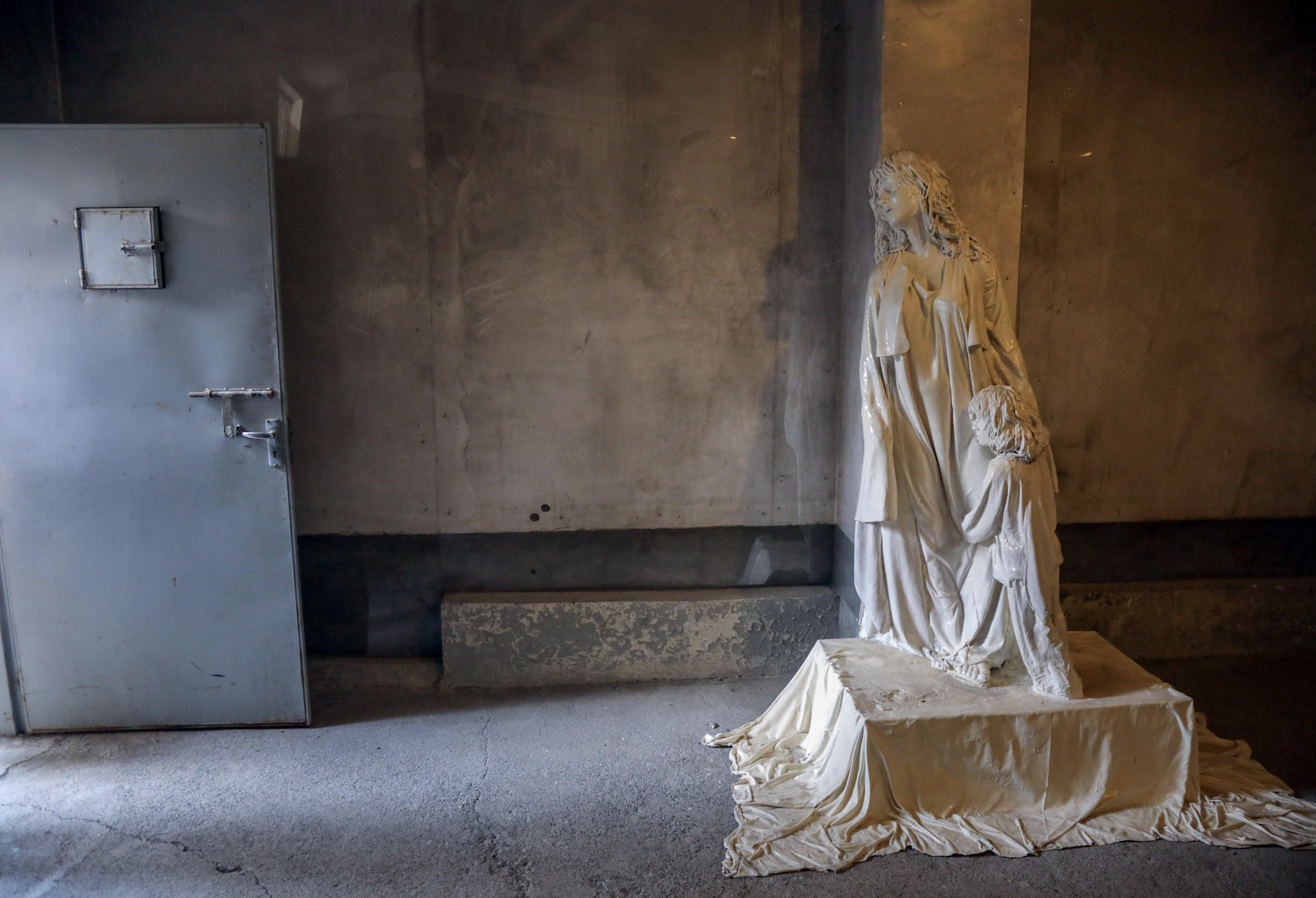In the heart of Sulaymaniyah in the Kurdistan Region stands the remarkable Amna Suraka museum, also known as the Red Prison. This museum is a somber testament to how Saddam Hussein’s secret police persecuted the Kurdish people, serving as a memorial to ensure that the atrocities of Saddam’s regime are never forgotten.
When Saddam came to power in Iraq in July 1979, one of his first initiatives was to establish a general security directorate in every Iraqi province. The buildings were designed in East Germany, with Sulaymaniyah being the first Iraqi province to construct one. The project began in secret, with the regime misleading the public by claiming that it was a directorate for agriculture. Construction was completed in 1985, with the prison cells being the final addition. Once the building was finished, the public realized it was a security facility and promptly named it Amna Suraka, or the Red Prison, due to the buildings’ reddish color.

Amna Suraka became a place where the regime’s rivals and critics – especially students, Kurdish patriots, and other dissidents – were imprisoned, tortured, and raped. According to Amna Suraka’s Director Ako Gharib, “not only the Kurds, but also Arabs and Christians, were tortured at Amna Suraka.”
Inside the prison cells, hundreds of texts were etched into the walls by prisoners, including names and dates, slogans against the Iraqi regime, and patriotic poems. These writings served to inform future prisoners that others had endured the same suffering before them.

A prison repurposed
In March 1991, the people of Kurdistan, backed by Kurdish fighters known as peshmerga, rose up against Saddam’s regime. Local civilians joined the peshmerga, launching a mass assault on all government buildings and detention centers, freeing hundreds of political prisoners. The final and most fortified point of resistance by the Iraqi security forces was Amna Suraka. After over two hours of fierce fighting, the peshmerga and civilians took control of the building. By March 8, the entire city was under peshmerga control.
Following the liberation of Kurdistan from Saddam’s regime, and with the support of veteran Kurdish female peshmerga Hero Ibrahim Ahmed, Amna Suraka was transformed into a museum. Ahmed, the First Lady of Iraq from 2005 to 2014 and the widow of President Jalal Talabani, played a crucial role in this transformation. The museum opened in 2003 and operates six days a week, free of charge. According to museum data, 59,000 people visited Amna Suraka last year, including school and university students from Kurdistan, 3,000 foreign tourists, and various diplomatic delegations.

Gharib told Kurdistan Chronicle about plans to expand the museum. He has collected around 1,200 handmade Kurdish carpets and rugs from the Kurdistan Region, as well as from Kurdish regions in Syria, Turkey, and Iran, and plans to open a Kurdish carpet museum within Amna Suraka.
“My aim is to make it the largest carpet museum in the world,” said Gharib.
Additionally, work is underway to establish a Museum of Genocides inside Amna Suraka, featuring exhibits on many other genocides around the world, with a special section dedicated to genocides against the Kurdish people, including the Yezidis.
Gharib also disclosed that the office of the general security directorate will be turned into an exhibition of the signatures of Saddam Hussein, his aides, and the generals who used their authority to oppress the Iraqi people and devastate the country.

Qassim Khidhir has 15 years of experience in journalism and media development in Iraq. He has contributed to both local and international media outlets.